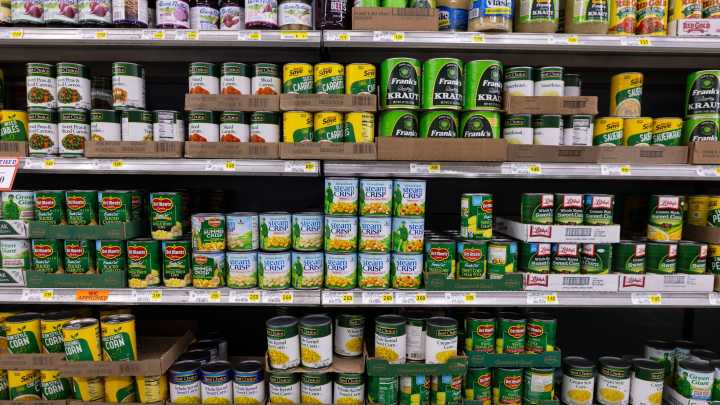Almost 90% of North Dakota – more than 39 million acres – is used for either farming or ranching.
The state leads the country in agricultural production in a range of categories, including spring wheat, durum wheat, dry edible peas, dry edible beans, honey, flaxseed and canola.
Yet, over the last decade, dozens of rural grocery stores across the state have closed – from 137 in 2014 to 90 in 2025 – increasing the prevalence of food deserts, or areas where people must travel more than 10 miles to reach a grocery store.
“Rural stores often struggle to compete with big-box stores and corporate chains,” Ellen Huber, rural development director for the North Dakota Association of Rural Electric Cooperatives , said in a news release. “The wholesale price these small-town stores are paying

 The Argus Leader
The Argus Leader

 NBC26
NBC26 KSNB Local4 Central Nebraska
KSNB Local4 Central Nebraska The Des Moines Register
The Des Moines Register AlterNet
AlterNet RadarOnline
RadarOnline TMZ
TMZ The Daily Beast
The Daily Beast America News
America News NBC News
NBC News NFL Los Angeles Chargers
NFL Los Angeles Chargers